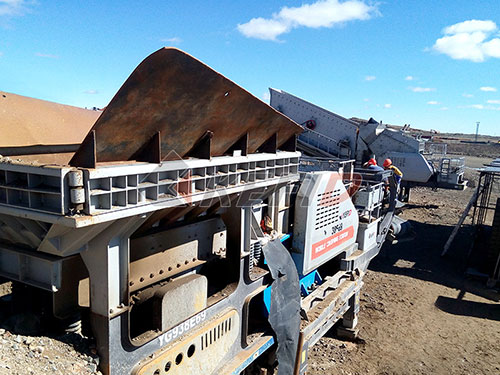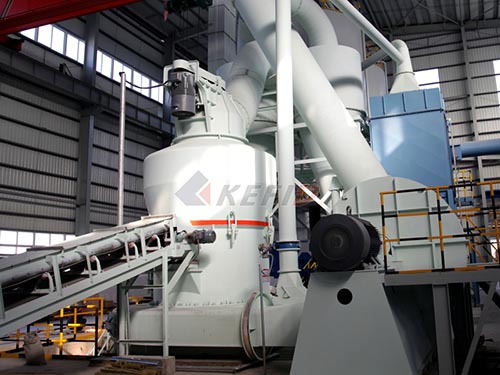
Project Report: Impact of Stone Crusher Operations on Employee Job Satisfaction
1. Introduction
This report details the findings of a project investigating the relationship between stone crusher operations and employee job satisfaction within our quarry operations. Stone crushing is a fundamental yet demanding process, characterized by high noise levels, significant dust generation, repetitive tasks, and inherent physical demands. Understanding how these operational factors influence the well-being and satisfaction of personnel directly involved is crucial for fostering a productive, safe, and positive work environment. High job satisfaction correlates strongly with reduced turnover, lower absenteeism, enhanced safety compliance, and increased overall productivity – outcomes vital to operational success.
2. Methodology
The project employed a mixed-methods approach:
Survey: A confidential questionnaire was distributed to all personnel working directly with or in close proximity to the primary and secondary crushers (Operators, Maintenance Technicians, Grounds Crew). Questions covered demographics, specific aspects of their role related to the crusher (noise exposure perception, dust control effectiveness, physical strain), task variety/monotony, safety perceptions, communication channels, training adequacy, workload balance (including shift patterns), and overall job satisfaction using Likert scales.
Structured Interviews: Follow-up interviews were conducted with a representative sample of survey participants to gain deeper qualitative insights into their experiences, concerns, and suggestions for improvement.
Environmental Monitoring Data Review: Existing data on noise levels (dBA) and respirable dust concentrations at key crusher operator stations and maintenance points were analyzed to correlate with employee perceptions.
Operational Data Analysis: Records related to absenteeism rates near crushers and reported near-misses/safety incidents involving crusher operations were reviewed.
3. Findings

3.1 Environmental Factors & Physical Well-being:
Noise: Survey results confirmed noise as the most significant stressor (rated “High/Very High Impact” by 85% of operators/maintenance staff). Measured levels consistently exceeded 90 dBA at operator cabins during peak operation. Employees reported fatigue, difficulty concentrating post-shift (“ringing in ears”), communication challenges requiring shouting/reliance on signals (increasing error risk), and concerns about long-term hearing loss despite PPE provision.
Dust: While engineering controls (water sprays, enclosures) were present, 70% of respondents still rated dust exposure as a moderate to high concern (“dust settling on clothes/skin,” “persistent gritty feeling,” occasional respiratory irritation). Review showed localized spikes exceeding

Leave a Reply